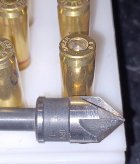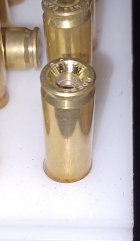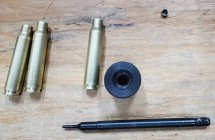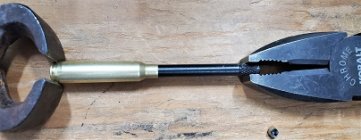Hello,
I am just starting to reload 223 Remington as I have a lot of factory ammo to use. Most of the ammo is made by GECO (German Mfg). I noticed that there is a seal around the primer. Will this be a problem cleaning the primer pocket and will the pocket still have the standard size after it is cleaned? Can anyone recommend a good tool for cleaning these primer pockets?


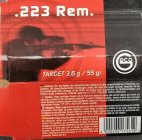
I am just starting to reload 223 Remington as I have a lot of factory ammo to use. Most of the ammo is made by GECO (German Mfg). I noticed that there is a seal around the primer. Will this be a problem cleaning the primer pocket and will the pocket still have the standard size after it is cleaned? Can anyone recommend a good tool for cleaning these primer pockets?















